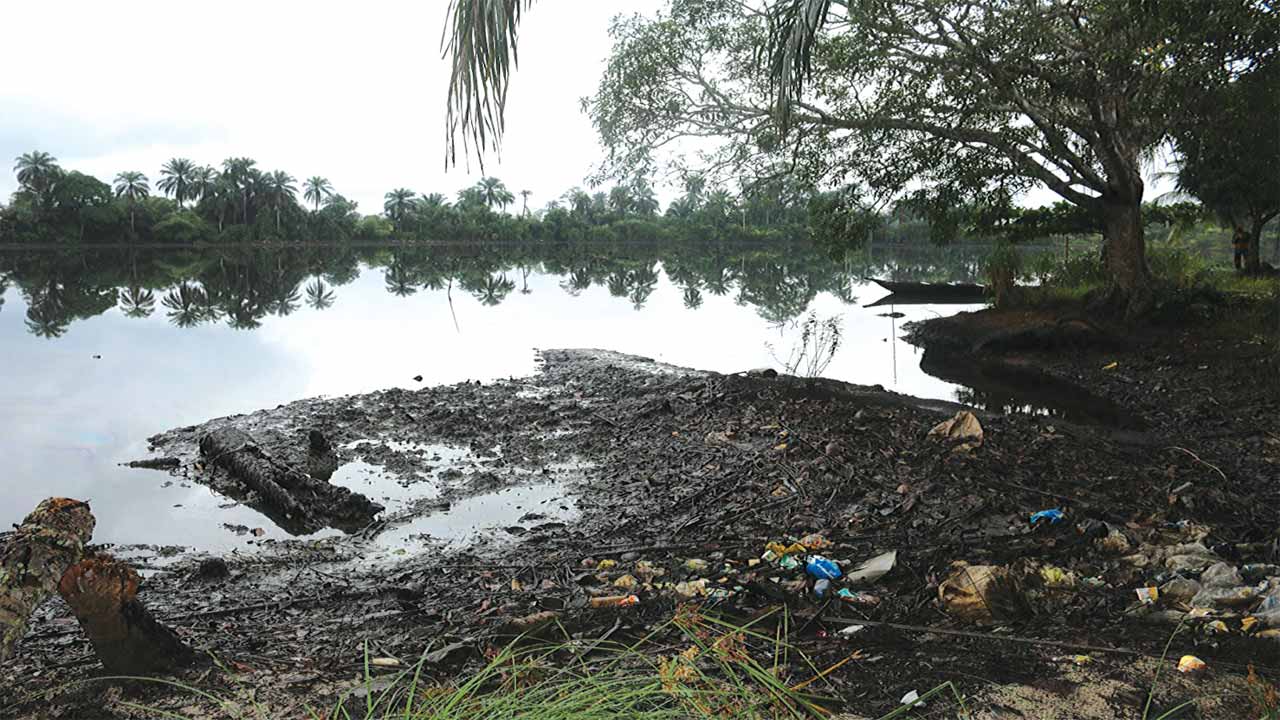Ogoni clean-up: FG targets polluted 2,196 hectare shoreline
September 28, 2022
The Federal Government on Tuesday reiterated that it had concluded plans to commence the remediation of hydrocarbon contaminated shoreline covering about 2,196 intertidal in Ogoniland, Rivers.
Dr. Ferdinand Giadom, Project Coordinator of Hydrocarbon Pollution Remediation Project (HYPREP) under the Federal Ministry of Environment, announced this at a sensitisation workshop in Gokana.
Giadom said the remediation of the 2,196 hectare shoreline was the largest shoreline clean-up embarked upon in the world.
According to him, the clean-up will create thousands of job opportunities and enhance the livelihoods of Ogoni youths and their dependents.
“So, in preparation for the take-off of the shoreline intertidal remediation, we have assessed a total area of 2,196 hectares and allotted it into 549 grids of 200m by 200m per grid.
“The total assessed coastal lines are in B-Dere, K-Dere, Kpor and Goi communities in Gokana Local Government Area of Rivers State.
“These communities will host a pilot of the shoreline remediation, and from there we will progress to the rest of the coastal communities where there is pollution,” he said.
Giadom said the clean-up of crude oil impacted Ogoni communities was at a stage where the people would see the progress made so far.
He said the Bodo remediation model would be adopted to choose only certified workers that would participate in the shoreline remediation project.
“So, we will be transparent and principled in choosing the workforce by adopting the Bodo remediation model of open balloting, to select workers.
“Sixty per cent of the workforce will come through balloting while the remaining 40 per cent will be supplied by the community leadership.
“Those chosen shall be trained and certified in the International Maritime Organisation (IMO) Levels 1 and 2 while their supervisors will have IMO Level 3 certification,” he said.
The project coordinator said the exercise would commence as soon as the agency concluded with its contract processes and mobilisation of contractors to site.
“To this end, remediation work in the swamp shall include removal of oily soaked debris and stumps; ranking of alga mat, removal of nipa palms and flushing of sediment.
“Others are recovery of waste crude to treatment centres and the re-vegetation of mangrove which in itself will create jobs for those who will nurse mangrove seedlings,” he added. (NAN)







